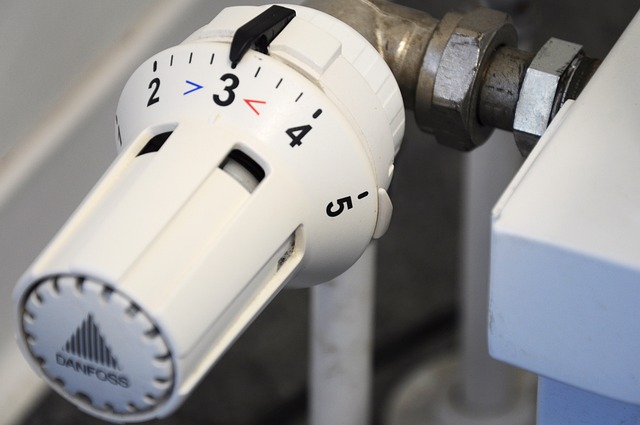The energy price cap is a crucial mechanism introduced in the UK to protect households from being overcharged on their energy bills. Set by Ofgem, the Office of Gas and Electricity Markets, this cap ensures a fair price for consumers on standard variable tariffs and reflects changes in the energy market.
What is the Energy Price Cap?
Introduced in 2019, the energy price cap limits the amount suppliers can charge per unit of energy (measured in kilowatt-hours or kWh) and for daily standing charges. It is reviewed quarterly to account for fluctuations in wholesale energy costs, network charges, and other operational expenses. While the cap sets a maximum rate, consumers are still encouraged to shop around for better deals, as the cap typically applies to those who haven’t switched to fixed-rate tariffs.
Current Energy Price Cap Rates (October to December 2024)
As of the last review, the price cap rates for the period from October 1 to December 31, 2024, are as follows:
- Electricity:
- Unit rate: 24.50 pence per kWh
- Standing charge: 60.99 pence per day
- Gas:
- Unit rate: 6.24 pence per kWh
- Standing charge: 31.66 pence per day
These rates are average figures, meaning actual charges may vary slightly depending on your region and payment method.
What Does This Mean for Your Energy Bill?
The energy price cap is not a limit on your total bill but rather the price per unit of energy and the standing charges you pay. This means that your energy costs will still depend on your consumption. For example, a household using a lot of energy will have higher bills, even under the capped rates.
Why Was the Energy Price Cap Introduced?
The cap was implemented to address concerns about overpricing in the energy market, particularly for customers on default tariffs. Many people who didn’t actively switch providers or tariffs were often charged significantly more than those who shopped around for better deals. The cap aims to ensure that such customers are charged fairly while still allowing suppliers to recover reasonable costs and make a modest profit.
Benefits and Limitations
Benefits:
- Consumer Protection: Ensures fair pricing for those on default tariffs.
- Transparency: Provides a clear benchmark for what constitutes a fair rate.
- Flexibility: Regular adjustments reflect real market conditions.
Limitations:
- Not the Cheapest Option: Consumers can often find better deals by switching to fixed-rate tariffs.
- Vulnerable to Market Changes: Sudden spikes in wholesale energy costs can lead to higher caps in subsequent quarters.
How to Reduce Your Energy Bills
- Switch Tariffs or Providers: Compare rates to find a deal better than the capped rates.
- Improve Energy Efficiency: Simple measures like better insulation, energy-efficient appliances, and smart meters can lower consumption.
- Monitor Usage: Regularly check your usage to avoid unnecessary costs.
Looking Ahead
The energy price cap will remain a vital tool for consumer protection as the UK navigates energy market volatility. However, as renewable energy becomes more prominent and market dynamics evolve, the government and Ofgem may need to reconsider long-term strategies for balancing fair pricing with sustainability.
For the latest updates and more details on how the price cap affects your area, visit Ofgem’s official website.
